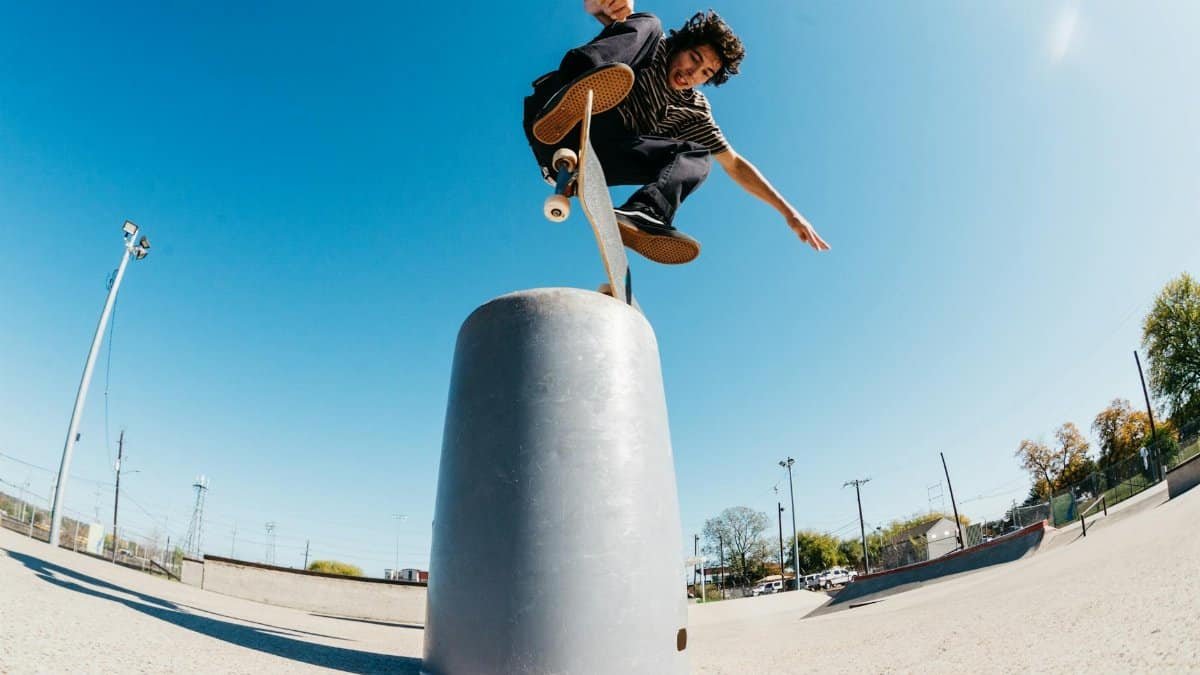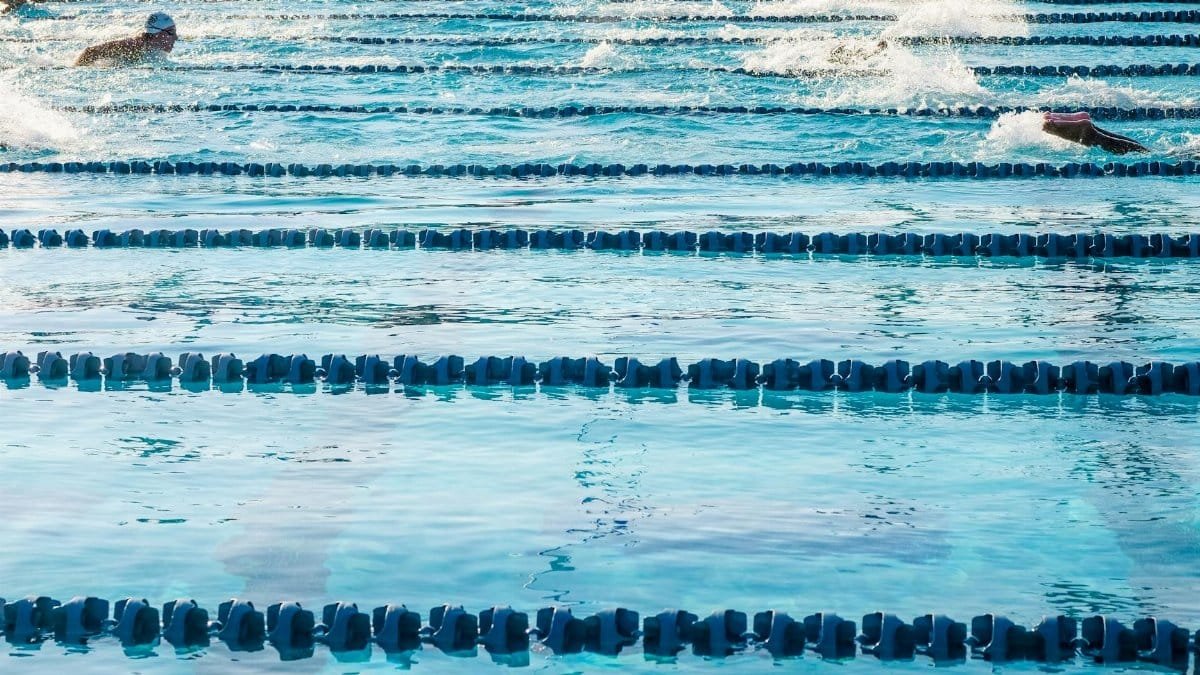Imagine a quiet morning in a bustling training facility, where an Olympic hopeful pauses mid-stride to close their eyes for just a moment. It’s not exhaustion or frustration—it’s intentional. This fleeting act hints at what many elite athletes call their secret weapon: the Olympic mental health trick. It’s not about pushing harder or grinding through pain. Instead, it’s a subtle, daily practice that recalibrates the mind under pressure. For athletes facing the unrelenting spotlight of competition, this small habit often makes the difference between faltering and thriving. And in 2025, as mental health takes center stage in sports and beyond, this technique is gaining traction far outside stadiums and gyms. What is it, exactly? At its core, it’s a blend of mindfulness and self-regulation that anyone, not just gold medalists, can adapt to navigate life’s stressors.
Unpacking the Olympic Mental Health Trick

For Olympic athletes, the mental game often outweighs the physical. The so-called Olympic mental health trick isn’t a gimmick or a one-size-fits-all fix. It’s a personalized grounding technique, often rooted in brief moments of intentional focus—think controlled breathing, a quick mental reset, or a rehearsed mantra. Swimmer Michael Phelps, for instance, famously visualized every race detail before diving in, a habit credited with sharpening his focus under crushing expectations. Studies from institutions like The National Institutes of Health underscore how such mindfulness-based practices reduce anxiety and improve performance in high-stakes settings. For athletes, these micro-moments act like a pressure valve, releasing tension before it builds.
But this isn’t just about visualization. Some athletes pair it with tactile cues—gripping a small object or tapping a specific rhythm on their wrist—to anchor themselves. The key? Consistency. It’s done daily, often unnoticed by spectators, woven into the rhythm of training.
Why Mental Strain Hits Athletes Hard

The stakes for Olympians are stratospheric. A single misstep can erase years of preparation, and the public scrutiny—amplified by social media in 2025—adds another layer of weight. Research from Pew Research Center highlights that mental health concerns, including anxiety and depression, are among the top reasons U.S. athletes seek therapy. Gymnast Simone Biles brought this into sharp focus during the 2021 Tokyo Games, stepping back to prioritize her well-being, a decision that resonated globally.
Picture a young diver standing at the edge of a 10-meter platform, heart pounding, crowd buzzing below. The physical skill is there, but the mind races with doubt. Without a tool to recenter, that moment can unravel everything. The Olympic mental health trick, for many, becomes the invisible tether that keeps them steady.
A Daily Habit, Not a Crisis Fix

Unlike therapy or medication, which often address deeper issues, this trick is about maintenance. Athletes don’t wait for a breakdown to use it. A track runner might take 30 seconds before a heat to breathe in a specific pattern—four seconds in, six out—resetting their nervous system. It’s mundane until you realize how often it’s needed. Data from Journal of Sport and Exercise Psychology shows that regular mindfulness practices can lower cortisol levels, the stress hormone, even in non-crisis moments.
This isn’t flashy. There’s no app or gear required. Yet, in its simplicity, it’s a reminder that mental health doesn’t always demand grand interventions. Sometimes, it’s the quiet repetition of a small act that builds resilience over time.
Adapting the Trick Beyond the Podium

What’s striking is how portable this concept is. Middle-aged Americans, juggling careers and family, face their own high-stakes moments—think a tense boardroom presentation or a sleepless night before a child’s surgery. The Olympic mental health trick can translate here. One woman, a 45-year-old nurse from Ohio, shared how she adapted it after watching a documentary on athletes. Before a grueling 12-hour shift, she pauses in her car, closes her eyes, and repeats a single calming phrase. “It’s not a cure,” she admitted, “but it stops the spiral.”
The adaptation isn’t seamless for everyone. Athletes train with coaches to refine these habits, while everyday folks often fumble through trial and error. Still, the principle holds: a deliberate pause, a mental anchor, can cut through chaos.
Science Behind the Small Reset

There’s hard evidence backing this up. A study by The American Psychological Association found that brief mindfulness exercises—sometimes just a minute long—can significantly dampen stress responses in competitive environments. Brain scans show these practices activate the prefrontal cortex, the area tied to decision-making and emotional control, while dialing down the amygdala’s fight-or-flight signals.
For Olympians, this science plays out in real time. A fencer facing a sudden-death bout might use a quick grounding trick to slow their heart rate, ensuring their next move isn’t clouded by panic. The same logic applies outside sports. When stress spikes, a small, intentional reset can shift the body’s wiring just enough to regain clarity.
Challenges in Making It Stick

Here’s the rub: consistency is tough. Even athletes, with their rigid schedules, sometimes lapse. For the average person, distractions—phones, kids, endless to-do lists—make it harder. Online discussions often reveal a common frustration: people try a mental reset once or twice, feel silly or see no instant change, and abandon it. “I thought I’d feel zen right away,” one anonymous commenter noted. “Instead, I just felt awkward.”
There’s also the stigma. Some view mental health practices as a sign of weakness, a hurdle even elite athletes like tennis star Naomi Osaka have battled publicly. Overcoming that mindset, whether in a locker room or a living room, takes patience. The trick isn’t a quick fix; it’s a slow build, requiring grit to push past initial discomfort.
A Cultural Shift in 2025

This year, mental health in sports isn’t just a sidebar—it’s the headline. From college campuses to corporate wellness programs, the conversation is louder. Athletes openly sharing their struggles have normalized tools like the Olympic mental health trick, inspiring broader adoption. Schools now teach breathing exercises to stressed teens. Employers offer mindfulness workshops. It’s a ripple effect, showing how elite habits can trickle down to everyday life.
Yet, there’s a tension. As these practices spread, they risk being diluted into buzzwords or fads. The challenge lies in preserving their depth—ensuring a 60-second reset isn’t just a checkbox but a meaningful pause. For now, the growing awareness feels like progress, a sign that mental resilience is no longer a luxury but a shared priority.
Starting Your Own Version

Curious to try it? Begin small. Pick a trigger—maybe the moment before a tough meeting—and pair it with a simple act. Inhale deeply for five counts, exhale for seven. Or grip your wrist lightly, focusing on the sensation. The goal isn’t perfection but repetition. Do it daily, even when calm, to train your mind for tougher moments.
Don’t expect miracles. Some days, it might feel pointless. Other days, it could be the thread that holds you together. Listen to your rhythm. Adjust as needed. Like an athlete tweaking their form, the trick evolves with you. Over time, those tiny pauses might just carve out space for clarity amid the noise.
